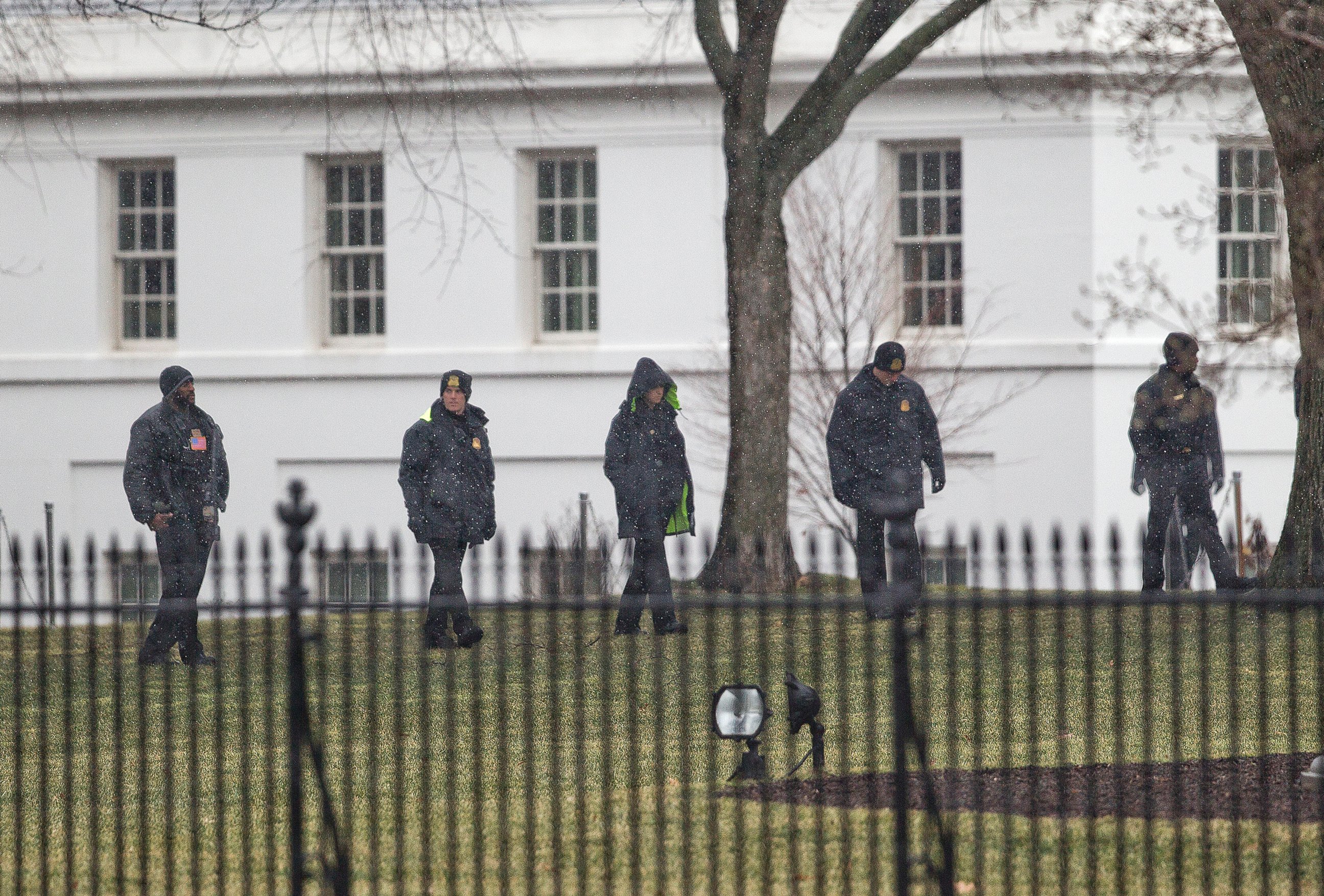White House Crash Drone Owner Blames Manufacturer Glitch for 'Whole Fiasco'
Speaking out for the first time, drone owner points to "flyaway" problem.
— -- The owner of the drone that crashed onto the White House grounds Monday morning--prompting a pre-dawn security scare--says his friend who borrowed the ill-fated aircraft shouldn't be blamed for the “whole fiasco.”
Instead, the drone’s owner told ABC News that both of them are now convinced the company that manufactured the drone deserves much of the blame.
The owner said drones sold by China-based DJI have a “well-documented” problem with so-called “flyaway” – when an operator loses control of a drone already in the air.
“It just goes rogue,” said the owner, speaking to ABC News on the condition of anonymity. “It goes where it wants.”
Indeed, countless messages posted on DJI’s own online forum and several videos posted on YouTube report instances of “flyaway.” One post calls it “an amazing product flaw.”
But at least one message on the DJI forum cites “pilot error” and “environmental interference” from microwave and cell towers as some “primary causes.”

Nevertheless, the owner of the drone that landed just yards from the West Wing early Monday morning said a “fundamental flaw” with his drone played a “decisive part in the whole fiasco.”
“It’s not his fault,” said the drone’s owner, referring to his friend, a “hard-working civil servant” who is now facing potential criminal charges in the matter.
“This never would have happened at all without that DJI flaw,” said the drone’s owner, adding that if a vehicle had a similar flaw, authorities would have issued a nationwide recall.
The owner said he bought his drone in November from Amazon.com for $499. Over the next couple of months, he and his friend repeatedly flew the drone with no problems, often sending it airborne above a high school in suburban Virginia.
About two weeks ago, his friend borrowed the drone. Alone early Monday morning--having returned hours earlier from a date--the friend launched the drone above an adjacent building, the drone’s owner said he was told by his friend.
Then, all of a sudden, the drone “shot up so high he couldn’t see it anymore,” with a last glimpse showing it heading east toward the National Mall, according to the drone owner.
In a pre-dawn phone call, the pair guessed it would crash on a rooftop and decided to look for it in the morning, the owner said.
But instead, it crashed inside the White House complex, prompting what the Secret Service called “an immediate alert and lockdown of the complex,” and then a federal investigation.
When the drone owner’s friend realized what was happening, he called his supervisor at the National Geospatial-Intelligence Agency, and they notified the Secret Service, which then questioned the federal employee and the drone’s owner.
Now prosecutors in Washington are mulling over whether to file charges against the man who flew the drone early Monday.
Local law prohibits drone flights inside Washington, D.C., and federal regulations prohibit such flights near the White House. In addition, federal law makes it a crime to deliberately interfere with air traffic, but law enforcement officials concluded early on that the drone operator had no malicious intent.
By all accounts, those who have spent time with the man behind the White House scare describe him as a “great guy” who is “clearly very intelligent and passionate about his work.”
An online search shows him to have a long-established interest in aviation.
“I hope that this incident doesn't ruin his impressive career with the U.S. government,” said an acquaintance who has hung out with him many times at social events.
Emails and calls seeking comment from the Secret Service and the U.S. Attorney’s Office in Washington, D.C., were not returned.
A DJI spokesman said his company's drones include "a robust series of safety mechanisms to ensure that pilots fly successfully," but those functions "need to be set up by the operator and monitored for environmental interference."
Based on media accounts, the DJI spokesman said the White House-related incident sounds like one in which "the pilot failed to accurately calibrate the system before take off."
Last year, when asked about the matter at a public forum, DJI officers said newer drones have further safeguards and that "flyaways" can often be ascribed to users not closely following instructions.
ABC News’ Jack Cloherty and Jack Date contributed to this report




